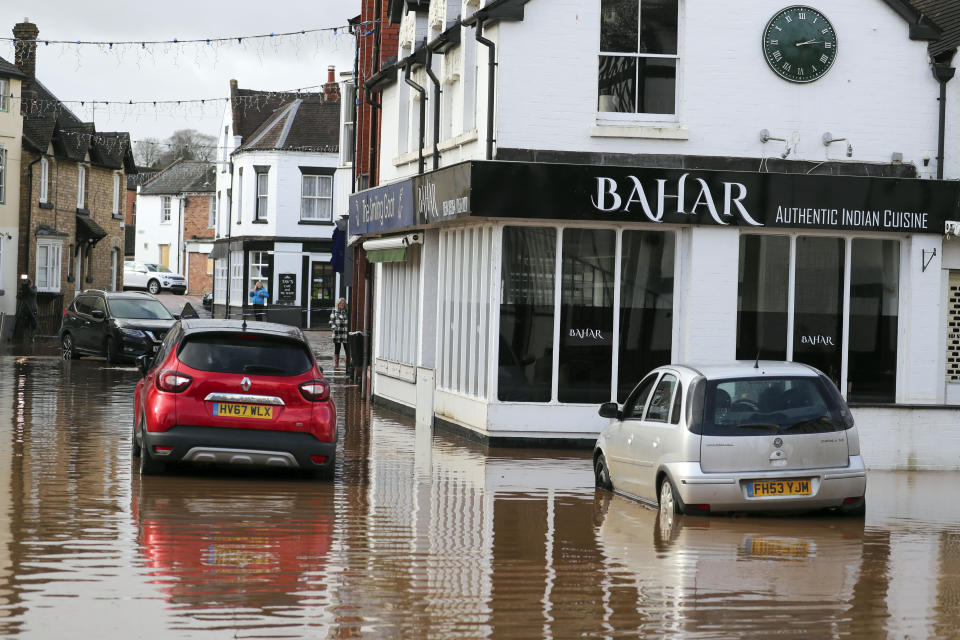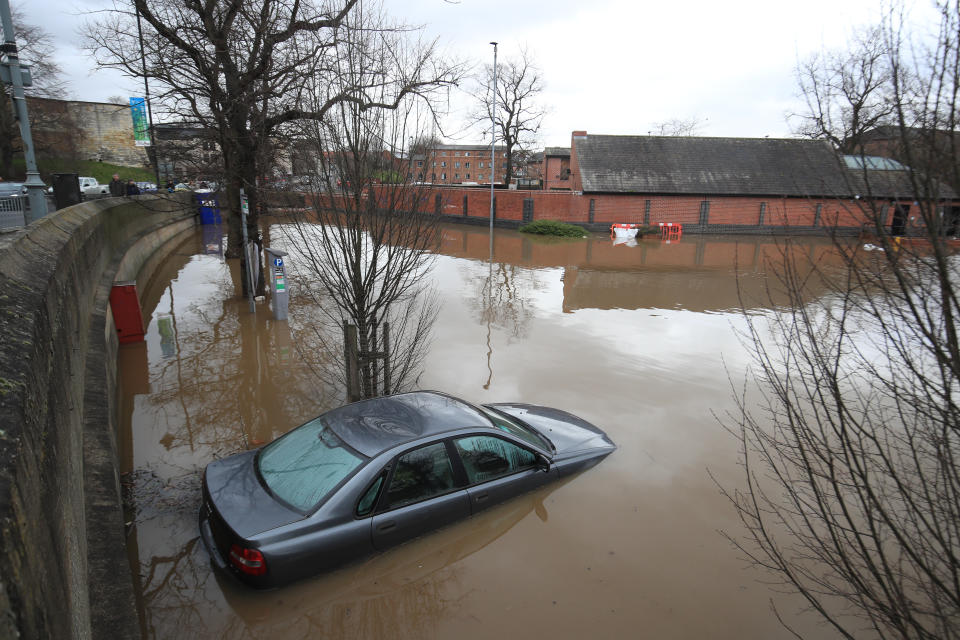My car has flooded, what should I do?
With Storm Dennis having wreaked havoc on the UK at the weekend, flooding has become a common sight across the country.
This means a huge amount of vehicles will have fallen victim to the floods too, which can leave drivers with a difficult clean up job, a hefty repair bill or even an insurance write off in extreme cases.
If your car has been affected by the weather, read on for tips on what to do next.
Assess the damage if safe to do so
Panicking about the situation may be the first thing on your mind, but if the damage is done then take a deep breath and assess the car if it’s safe to do so. If your car is submerged, don’t try to wade to it if it puts yourself at risk, rather inform a recovery firm or wait for the waters to clear.
Do not try to start it immediately
Under no circumstances should you attempt to start the engine without knowing it’s safe to do so. Water could be trapped in the engine’s cylinders, and attempting to turn it over will cause chaos inside the engine and result in a car that otherwise may have been fine to be very much broken.

Remove excess water
If you’re able to open the interior of your car without letting more water in, check inside and clear out any that may already be in there.
The longer your car is submerged, the more likely it is to be damaged mechanically and inside. Only do this if it is clearly safe to do so and remember that your own wellbeing is much more important than that of the car.
Open windows
If the rain has stopped and once any excess water has been cleared from the cabin, leaving windows open in the car will help to air the interior out. This could help prevent further damage to upholstery as well as helping any nasty smells clear out.
You should keep an eye on the car if you do this though in order to keep it safe from theft.
Call out a mechanic
This is a good opportunity to utilise your breakdown cover if you have it, or call a local mechanic if you don’t.
A trained mechanic will be able to assess your car properly to determine if it is safe to use, or advise against using it. If any work is required to get the car going it may be possible for them to fix it there and then, or advise on the next steps to take.
Crucially, don’t attempt to use the car until it’s had the green light from a trained professional.

Clean the interior
Should the car be in a fit state to drive, you’ll likely want to clean the interior out if water has gotten in before heading out for a drive. Park it in a safe and dry location, before tackling upholstery with a wet/dry vacuum cleaner to tackle stubborn stains.
If safe to do so, leave windows and a door open to help it dry out and air any left over nasty smells.
If all is good, take the car out for a gentle drive
If you’re given the all clear to drive the car and once the cabin is a reasonable place to be in, take it out for a short drive to make sure everything is working and to help clear out any lingering water.
Key areas to test include the brakes, which should be gently applied at low speeds at first to allow them to dry out. Also keep an ear out for any unexpected sounds as these could signal hidden damage to the vehicle and pay attention to any unusual sensations from the drive.
If needed, inform your insurer
If your car is not safe to drive and is in need of repairs, give your insurer a call and let them know all the details of the incident.
It’s likely they will have the car independently assessed from that point to see if repairs are possible and cost-justifiable, or if the car will be declared as a write off.

 Yahoo News
Yahoo News 